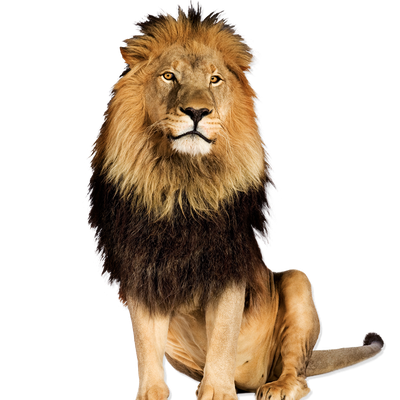Your search returned 2813 results
-
Little Wattlebird
https://australian.museum/learn/animals/birds/little-wattlebird-anthochaera-chrysoptera/The Little Wattlebird is the smallest of the wattlebirds.
-
Little Pied Cormorant
https://australian.museum/learn/animals/birds/little-pied-cormorant/The Little Pied Cormorant is one of the most common of Australia's waterbirds, occurring on water bodies of almost any size.
-
Little Corella
https://australian.museum/learn/animals/birds/little-corella/The scientific name for Little Corella, Cacatua sanguinea, means 'Blood-stained Cockatoo' and refers to the dark pink markings between the eye and the bill.
-
House Sparrow
https://australian.museum/learn/animals/birds/house-sparrow/The House Sparrow is an introduced species to Australia that now lives in most of eastern Australia and much of the Northern Territory and South Australia.
-
Great Egret
https://australian.museum/learn/animals/birds/great-egret/The Great Egret is the largest of the Australian egrets.
-
Golden Whistler
https://australian.museum/learn/animals/birds/golden-whistler/The Golden Whistler belongs to the Family Pachycephalidae, which means 'thick-head' after the group's robust necks and heads. This species is one of Australia's loudest and most beautiful songsters.
-
Figbird
https://australian.museum/learn/animals/birds/figbird/The Figbird nests in small, semi-colonial groups, with nests often quite close together.
-
Eastern Yellow Robin
https://australian.museum/learn/animals/birds/eastern-yellow-robin-eopsaltria-australis/Eastern Yellow Robins belong to the genus Eopsaltria which translates as 'dawn-harper'. Appropriately, they are among the first birds to be heard at dawn.
-
Eastern Rosella
https://australian.museum/learn/animals/birds/eastern-rosella/The Eastern Rosella uses one of its feet (usually the right foot) to hold food when eating on the ground or perched on a tree.
-
Dinosaurs - Wintonotitan wattsi
https://australian.museum/learn/dinosaurs/fact-sheets/wintonotitan-wattsi/Wintonotitan wattsi, dubbed ‘Clancy’, after a poem by Banjo Patterson, was a primitive titanosauriform and one of three new dinosaurs recently named from the Winton Formation in central Queensland.
-
Book now
Machu Picchu and the Golden Empires of Peru
Now open
Tickets on sale![]()
-
Find out more
Burra
Permanent education space
10am - 4.30pm![]()
-
Find out more
Wild Planet
Permanent exhibition
Open daily![]()
-
Discover more
Minerals
Permanent exhibition
Open daily![]()





